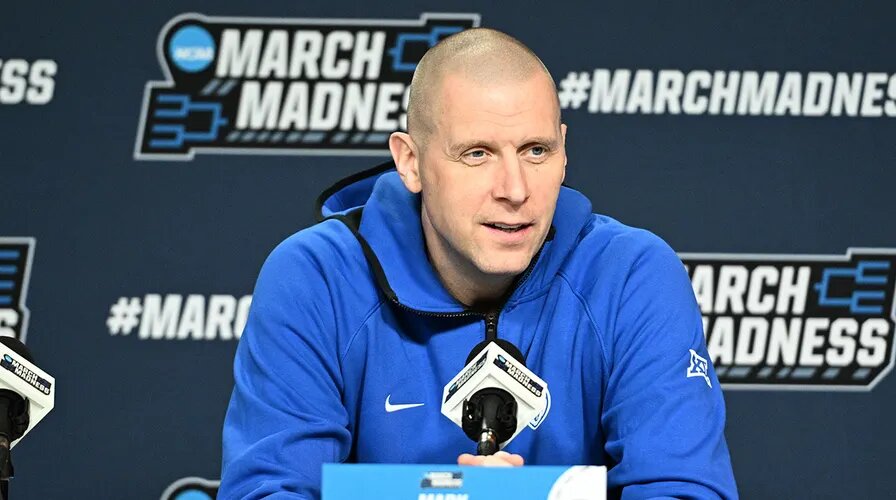Amid mysterious deaths, I went to the Dominican Republic – and survived
Amid Mysterious Deaths, I Went to the Dominican Republic – and Survived
In the summer of 2019, headlines swirled with ominous warnings: “Tourists Dying in the Dominican Republic Under Strange Circumstances.” News outlets fed a steady stream of speculation—heart attacks, contaminated alcohol, tainted mini-bar drinks. With each report, the internet grew louder, filled with travel advisories and sensational theories. My friends canceled their trips. Family begged me to reconsider.
But I’d already booked my flight.
I wasn’t being reckless—at least, not in my mind. The stories disturbed me, of course, but something didn’t sit right. The number of deaths seemed high, yes, but the country also hosted millions of tourists each year. Were these incidents just a statistical inevitability, sensationalized by the media? Or was there truly something sinister behind the palm trees and piña coladas?
With a blend of curiosity, defiance, and maybe a pinch of stubbornness, I boarded a plane to Punta Cana.
The Arrival
As we descended over turquoise waters and coral-ringed beaches, I felt the familiar thrill of arrival—travel’s addictive first breath. But as soon as I reached customs, a strange unease returned. I watched airport staff move with casual efficiency. No panic, no extra scrutiny, no sign that this was a country supposedly in crisis.
The resort van whisked us away from the airport, along palm-lined roads and through neighborhoods dotted with small homes, churches, and roadside food stands. Life seemed to carry on as normal. When we reached the sprawling gates of the resort, a guard checked IDs and let us through, and suddenly we were in another world—one curated for relaxation, luxury, and detachment.
Under the Surface
At the front desk, a smiling clerk offered a chilled cocktail. I hesitated, just for a second, the news stories ringing in my ears: Unlabeled alcohol. Suspicious mini-bars. Sudden deaths. But I accepted the drink, thanked her, and took a small sip.
Everything looked perfect. That was the unnerving part. There were no signs of fear or tension among the other guests. People laughed by the pool, toasted at the swim-up bar, and danced during the nightly shows.
But when I brought up the recent events with a bartender—carefully, almost sheepishly—he gave me a tired, almost pained look. “It’s all rumors,” he said, pouring a beer. “People get sick everywhere. But only when it happens here, people talk like we’re cursed.”
He had a point.
Exploring Beyond the Resort
Refusing to stay in a vacation bubble, I booked a local tour to explore more of the island. Our guide, Rosa, was warm and sharp-tongued, with a sense of humor that cut through the heat like ice water. I asked her, too, about the media storm. She rolled her eyes.
“They think we poison tourists? What sense does that make? Our economy depends on you.”
She wasn’t defensive—just exasperated. She explained how the deaths had deeply hurt the tourism industry, affecting families, small business owners, even street vendors. “When people get scared, we suffer,” she said.
That day we visited a cocoa farm, a cigar factory, and a rural village where children waved at our passing jeep. We shared a meal of rice, beans, and stewed goat. I drank water from a sealed bottle and watched as locals and tourists alike coexisted in this uneasy dance between hospitality and scrutiny.
Surviving—or Just Living?
Back at the resort, I swam in the sea every morning and read on the beach every afternoon. I drank from the mini-bar. I ate the buffet. I watched sunsets that turned the sky into a watercolor painting. I listened to conversations in the hot tub, where tourists speculated in hushed voices about “those deaths,” then raised their glasses for another round.
By the fourth day, I stopped thinking of myself as surviving. I was just living.
What the Media Doesn’t Say
When I returned home, people asked me if it was scary, if I felt like I had “cheated death.” But the truth was far more mundane. I met kind people. I heard stories. I laughed. I tipped generously. I learned that fear, when exported and sensationalized, creates more damage than any single news report admits.
It turns out many of the so-called mysterious deaths had reasonable, if tragic, explanations—pre-existing health conditions, overconsumption, sometimes even accidents. But nuance rarely trends.
Final Thoughts
Travel isn’t about avoiding risk—it’s about embracing the world despite it. I don’t dismiss the heartbreak of those who lost loved ones under confusing circumstances. But I also refuse to let media hysteria color my understanding of a nation rich in history, culture, and humanity.
Yes, I went to the Dominican Republic amid a storm of fear and headlines. And yes, I survived.
But more importantly, I lived.Would you like a version formatted for blog posting or social media as well?

